When it comes to restoring damaged or missing teeth, dental crowns and bridges are two common treatment options recommended by dentists. While both serve to improve the functionality and aesthetics of the smile, they are designed to address different dental concerns. Understanding the differences between dental crowns and bridges can help patients make informed decisions about their oral health care needs.
Dental Crowns:
Dental crowns, also known as caps, are tooth-shaped prosthetic devices that are placed over a damaged or decayed tooth to restore its strength, shape, size, and appearance. Crowns are often recommended in cases where a tooth is severely decayed, fractured, weakened, or has undergone root canal therapy. They can also be used to cover dental implants or anchor dental bridges in place.
Composition: Dental crowns are typically made from various materials, including porcelain, ceramic, metal alloys (such as gold or silver), or a combination of materials. Porcelain crowns are popular for their natural appearance and ability to blend seamlessly with surrounding teeth, making them an ideal choice for front teeth. Metal crowns are more durable and suitable for molars, where strength is paramount.
Procedure: The process of getting a dental crown usually requires two dental visits. During the first visit, the dentist will prepare the tooth by removing any decay or damage and reshaping it to accommodate the crown. An impression of the tooth is then taken and sent to a dental laboratory, where the custom crown is fabricated. In the meantime, a temporary crown may be placed to protect the tooth. At the second visit, the permanent crown is cemented into place.
Benefits: Dental crowns offer several benefits, including restoring the function and appearance of damaged teeth, protecting weak teeth from further damage, improving bite alignment, and enhancing overall oral health. With proper care and maintenance, crowns can last for many years, providing long-lasting results.
Dental Bridges:
Dental bridges are prosthetic devices used to replace one or more missing teeth by spanning the gap between adjacent teeth. They consist of artificial teeth, known as pontics, which are attached to dental crowns or implants on either side of the gap, called abutments. Bridges can be used to restore chewing function, prevent adjacent teeth from shifting out of position, and improve the appearance of the smile.
Composition: Like dental crowns, dental bridges can be made from various materials, including porcelain, ceramic, metal alloys, or a combination thereof. The choice of material depends on factors such as aesthetics, durability, and budget. Porcelain bridges are popular for their natural appearance and ability to mimic the translucency of natural teeth.
Procedure: The process of getting a dental bridge typically involves two or more dental visits. During the initial visit, the abutment teeth are prepared by removing a portion of enamel to make room for the crowns. Impressions of the teeth are then taken, and a temporary bridge may be placed to protect the exposed teeth and gums. At the subsequent visit, the custom bridge is cemented into place, restoring the function and appearance of the smile.
Benefits: Dental bridges offer several advantages, including filling in gaps left by missing teeth, restoring chewing and speaking abilities, maintaining facial structure, and preventing adjacent teeth from drifting out of alignment. Bridges are a durable and long-lasting solution for tooth replacement when properly cared for.
Dental crowns and bridges are valuable restorative options for addressing different dental concerns. While crowns are used to restore individual damaged teeth, bridges are used to replace one or more missing teeth by spanning the gap between adjacent teeth. By understanding the differences between these two treatments, patients can work with their dentist to determine the most appropriate solution for their specific oral health needs, ultimately achieving a healthier and more beautiful smile.

